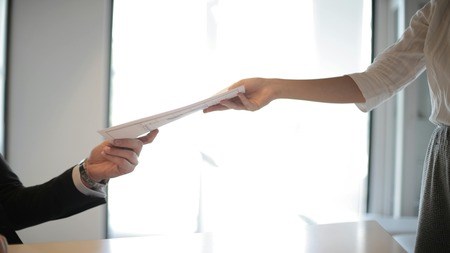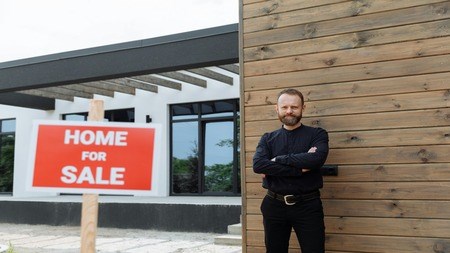|
Well, ideally it means the efficient use of resources, like energy, water and other materials. If done properly, a green building design could save you around 50 percent on electricity and up to 50 percent on water usage. And since Eskom cut the power to building developers in March this year, they’ve needed to come up with some creative designs for energy efficient buildings. New developments are therefore focusing on using gas, on solar water heaters, insulated roof spaces and light fittings that allow for energy efficient lights. According to Andrew Schaefer, MD of Trafalgar, a residential letting and property management group, they’re also introducing motion sensors or timers for lights, air conditioning units and geysers. “Creating green buildings that promote more ecologically-efficient living spaces has become a reality rather than science fiction...,” says Schaefer.
But going green will also lead to changing trends in the property market
especially if you’re planning to buy a new home any time soon. For one, developing green buildings isn’t cheap: solar water heaters cost anywhere between R10 000 and R30 000. Installing solar panels is an even more expensive affair, especially if you want to cut Eskom completely out of the equation. Schaefer estimates that an average green building could cost up to 15 percent more than a normal building –therefore pushing the price up for the home buyer. Some experts put that even higher, and say it could push prices up by as much as 40 percent.
The green drive will not, however, only impact on buyers looking to get into the market now: sellers, too, will have to change their ways. According to Mike Bester, CEO of Realty1 International Property Group, at some stage in the future it will be impossible to sell your property unless it complies with energy-efficient regulations. “Although it may seem unnecessarily costly now to renovate for climate change, not only will suitable climate proofing help reduce current energy costs, but it will greatly improve the chances of selling the property in the future,” he says.
So what are some of the law changes set to come to SA?
Well, it wasn’t law, but Eskom in March refused to issue quotations for any new electricity connections above 100 Kilovolt-Ampere (KVA). It’s now overturned that decision – but said the new connections will only get the go-ahead as quickly as space is created on the system. That encouraged Johannesburg, too, to introduce new requirements for property developers –including that new developments have alternative energy sources or energy saving devices. Building plans must also be evaluated to ensure low energy consumption.
The Green Building Council of SA (GBCSA) was also formed late last year, and is responsible for green building in the commercial sector. It’s also establishing a rating tool – or a guide for developments – which will not only apply to the commercial sector and public development, but also to the top end of the residential property market, says Meagan Woolf in Business Day. If the tool’s recommendations are followed, the building should use 50 percent less power from the grid – well above Eskom’s 10 percent electricity reduction demand.
The problem, according to Bester, is that the SA residential building industry “does not yet have this issue at the top of its priority list”, not least because South Africa is still attempting to catch up with its housing programme for the masses. That means homeowners will be missing out: according to Bester, green buildings will add value. “The homeowners will reap the benefits both through improved lifestyle and increased property values.”
As published in issue 52 of  . .
Get your 3 FREE issuesof MoneyWeek Magazine. Every week MoneyWeek brings you the best share tips from financial experts, the smartest ways to profit from the hottest sectors in the market and the latest investment opportunities. Subscribe today and claim your 3FREE issues byclicking here, and entering your details. Be sure not to miss out on this opportunity today!
|




